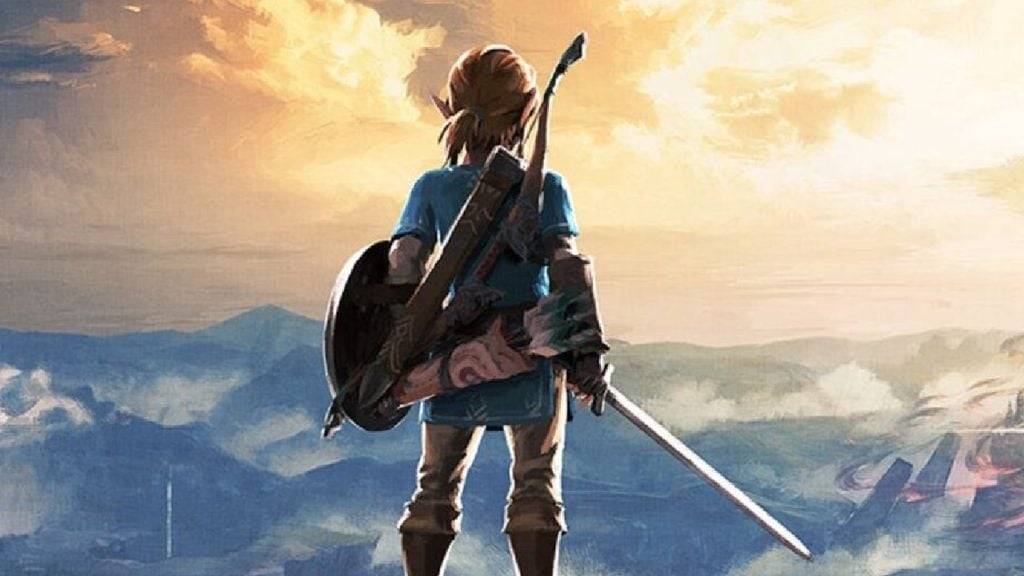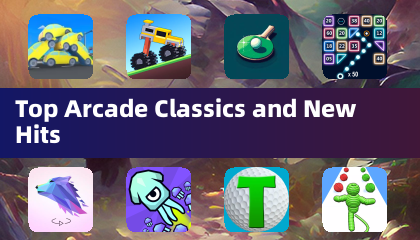The Enduring Appeal of Nintendo's Pricing Strategy: A Gamer's Dilemma
Being a gamer is a lifestyle, but balancing that passion with financial realities is a constant challenge. While Android game prices fluctuate wildly, Nintendo titles remain stubbornly consistent, maintaining their value over time. We partnered with Eneba to explore this intriguing pricing model.
The Unwavering Price Point
Years after release, Nintendo games like The Legend of Zelda: Breath of the Wild command the same price as their launch day. This contrasts sharply with the frequent discounts offered on Android games. Nintendo's control over its market allows for this strategy; their games are timeless classics, eliminating the need for price reductions.
The Agony of Patience
 The high price point can be frustrating. Waiting for a price drop might be futile, and even holiday sales often offer discounts on older titles already owned. A solution? Eneba offers Nintendo eShop gift cards, mitigating the impact of full-price purchases. They also provide Google Play vouchers, offering savings on both platforms.
The high price point can be frustrating. Waiting for a price drop might be futile, and even holiday sales often offer discounts on older titles already owned. A solution? Eneba offers Nintendo eShop gift cards, mitigating the impact of full-price purchases. They also provide Google Play vouchers, offering savings on both platforms.
The Irresistible Allure
Despite the high prices, Nintendo consistently delivers high-quality, engaging experiences. Android titles can be less predictable, especially free-to-play games. Nintendo also expertly cultivates FOMO (fear of missing out). Exclusive titles generate cultural buzz, making ownership almost essential. Who wants to be the only one without a legendary Tears of the Kingdom build?
Android vs. Nintendo Pricing: A Tale of Two Markets
Direct comparison between Google Play and Nintendo's first-party pricing is impossible. Nintendo's pricing power is unparalleled. While patience can yield bargains on both platforms, the era of consistently premium Android titles is largely over.
However, Eneba provides a universal solution for budget-conscious gamers. Their gift cards and deals make gaming more affordable, whether you're purchasing a classic title or exploring new releases. Eneba helps gamers stretch their budgets, regardless of platform preference.
 Home
Home  Navigation
Navigation






 Latest Articles
Latest Articles










 Latest Games
Latest Games












